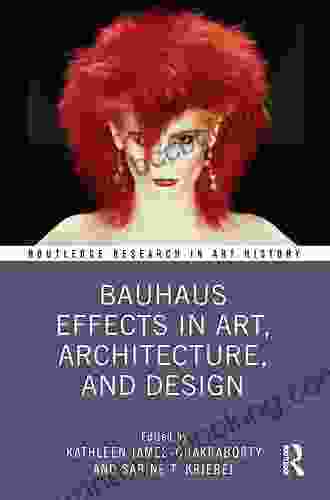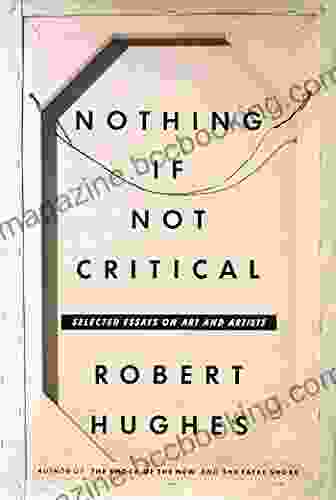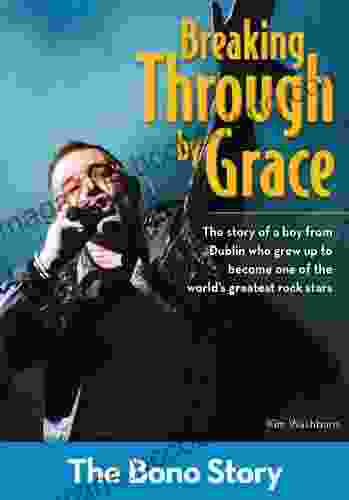Bauhaus Effects in Art, Architecture, and Design: A Comprehensive Exploration

The Bauhaus, a revolutionary art school founded in Weimar, Germany in 1919, profoundly transformed the landscape of modern art, architecture, and design. Its innovative pedagogical approach, which emphasized the integration of art, craft, and technology, produced a generation of groundbreaking artists, designers, and architects who left an enduring legacy on the development of 20th century art and design.
The Bauhaus was founded by Walter Gropius, an architect and designer who sought to bridge the gap between art and industry. He envisioned a school that would nurture the creativity of its students while also equipping them with the practical skills necessary to contribute to the modern world.
The Bauhaus was influenced by a wide range of artistic and intellectual movements, including Expressionism, Constructivism, and De Stijl. It also drew inspiration from the Arts and Crafts movement, which emphasized the importance of craftsmanship and the use of natural materials.
5 out of 5
| Language | : | English |
| File size | : | 12890 KB |
| Text-to-Speech | : | Enabled |
| Screen Reader | : | Supported |
| Enhanced typesetting | : | Enabled |
| Print length | : | 212 pages |
The Bauhaus emphasized a holistic approach to art education. Students were required to take courses in a variety of subjects, including drawing, painting, sculpture, architecture, design, and typography. They also participated in workshops where they learned practical skills, such as woodworking, metalworking, and weaving.
The Bauhaus curriculum was designed to foster creativity and innovation. Students were encouraged to experiment with new materials and techniques, and to challenge conventional notions of art and design. They were also taught the importance of social responsibility and the need to create art that was accessible to all.
The Bauhaus was home to a group of talented and visionary artists, designers, and architects, including:
- Walter Gropius: The founder and director of the Bauhaus, Gropius was a leading figure in the development of modern architecture.
- Wassily Kandinsky: A Russian painter and art theorist, Kandinsky is considered one of the pioneers of abstract art.
- Paul Klee: A Swiss painter and art theorist, Klee is known for his whimsical and playful artworks.
- Laszlo Moholy-Nagy: A Hungarian artist and designer, Moholy-Nagy was a pioneer in the field of photography and photomontage.
- Ludwig Mies van der Rohe: A German architect, Mies van der Rohe is known for his minimalist and functionalist approach to architecture.
The Bauhaus artists and designers produced a wide range of innovative and influential artworks, including:
- Abstract painting: Bauhaus artists, such as Kandinsky and Klee, pioneered the development of abstract art, which rejected traditional notions of representation.
- Geometric abstraction: Bauhaus artists also explored geometric abstraction, using shapes and colors to create visually striking compositions.
- Functional design: Bauhaus designers, such as Mies van der Rohe, emphasized the importance of function over form, creating furniture and other objects that were both aesthetically pleasing and practical.
- Typography: Bauhaus artists and designers also made significant contributions to the field of typography, developing new fonts and experimenting with the use of type as a visual element.
The Bauhaus architects, such as Gropius and Mies van der Rohe, developed a new approach to architecture that emphasized simplicity, functionality, and the use of new materials, such as glass and steel. They designed buildings that were both aesthetically pleasing and functional, and their work had a profound impact on the development of modern architecture.
The Bauhaus closed in 1933 due to political pressure from the Nazi regime. However, its legacy continues to live on in the work of its former students and in the development of modern art, architecture, and design.
Bauhaus artists, designers, and architects have produced a body of work that is both innovative and enduring. Their ideas about art, design, and architecture have had a profound impact on the development of modern culture, and their work continues to inspire and influence artists and designers today.
The Bauhaus was a groundbreaking art school that had a profound impact on the development of modern art, architecture, and design. Its innovative pedagogical approach, its key figures, and its artistic and architectural innovations have left an enduring legacy on the world of art and design. The Bauhaus continues to be a source of inspiration for artists, designers, and architects today.
- Bauhaus Dessau Foundation: https://www.bauhaus-dessau.de/en/
- The Bauhaus Archive: https://www.bauhaus.de/en/
- The Bauhaus Museum Weimar: https://www.klassik-stiftung.de/en/bauhaus-museum-weimar/
- Walter Gropius: https://www.britannica.com/biography/Walter-Gropius
- Wassily Kandinsky: https://www.guggenheim.org/artwork/artist/wassily-kandinsky
- Paul Klee: https://www.tate.org.uk/art/artists/paul-klee-1164
- Laszlo Moholy-Nagy: https://www.moma.org/artists/4014
- Ludwig Mies van der Rohe: https://www.miesbcn.com/en/
5 out of 5
| Language | : | English |
| File size | : | 12890 KB |
| Text-to-Speech | : | Enabled |
| Screen Reader | : | Supported |
| Enhanced typesetting | : | Enabled |
| Print length | : | 212 pages |
Do you want to contribute by writing guest posts on this blog?
Please contact us and send us a resume of previous articles that you have written.
 Book
Book Novel
Novel Page
Page Chapter
Chapter Text
Text Story
Story Genre
Genre Reader
Reader Library
Library Paperback
Paperback E-book
E-book Magazine
Magazine Newspaper
Newspaper Paragraph
Paragraph Sentence
Sentence Bookmark
Bookmark Shelf
Shelf Glossary
Glossary Bibliography
Bibliography Foreword
Foreword Preface
Preface Synopsis
Synopsis Annotation
Annotation Footnote
Footnote Manuscript
Manuscript Scroll
Scroll Codex
Codex Tome
Tome Bestseller
Bestseller Classics
Classics Library card
Library card Narrative
Narrative Biography
Biography Autobiography
Autobiography Memoir
Memoir Reference
Reference Encyclopedia
Encyclopedia Keira Gillett
Keira Gillett Katie Piper
Katie Piper Kathleen Krull
Kathleen Krull Insight Traveller
Insight Traveller Lynn Toler
Lynn Toler Marvin L Bittinger
Marvin L Bittinger Kathryn Clay
Kathryn Clay Kevin Nichols
Kevin Nichols Thomas Huening
Thomas Huening Mathew Simmon
Mathew Simmon Nigel Cawthorne
Nigel Cawthorne Kerry Mcdonald
Kerry Mcdonald Kevin Steverson
Kevin Steverson Kim Washburn
Kim Washburn Kenneth W Noe
Kenneth W Noe Robert Ardrey
Robert Ardrey Katherine Addison
Katherine Addison Rolf Dobelli
Rolf Dobelli Kim Richardson
Kim Richardson R B Herkes
R B Herkes
Light bulbAdvertise smarter! Our strategic ad space ensures maximum exposure. Reserve your spot today!
 Damon HayesFollow ·11k
Damon HayesFollow ·11k Victor TurnerFollow ·12.9k
Victor TurnerFollow ·12.9k Jules VerneFollow ·18k
Jules VerneFollow ·18k Marc FosterFollow ·17.9k
Marc FosterFollow ·17.9k Chandler WardFollow ·5.3k
Chandler WardFollow ·5.3k Zadie SmithFollow ·6.9k
Zadie SmithFollow ·6.9k Jesus MitchellFollow ·11.6k
Jesus MitchellFollow ·11.6k Finn CoxFollow ·16.8k
Finn CoxFollow ·16.8k
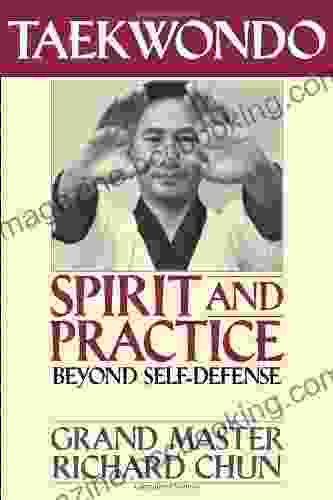
 Joshua Reed
Joshua ReedUnveiling the Profound Essence of Taekwondo: Spirit and...
Taekwondo, an ancient...
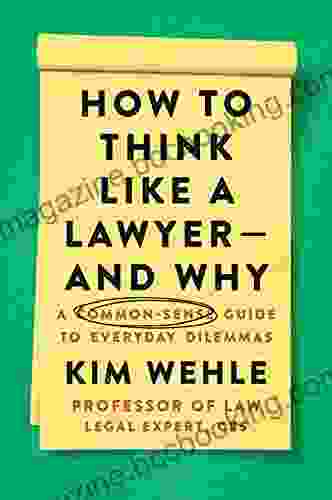
 Clarence Brooks
Clarence BrooksUnveiling Clarity: The Common Sense Guide to Everyday...
In the labyrinthine world of legal...

 Anthony Wells
Anthony WellsBless Me, Ultima: A Literary Odyssey into the Heart of...
In the tapestry of American literature,...
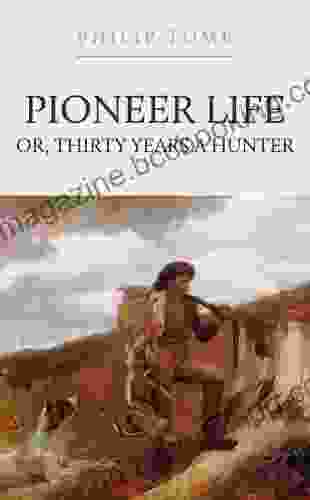
 Alexandre Dumas
Alexandre DumasPioneer Life Or Thirty Years A Hunter - A Captivating...
Discover the Raw and...

 Samuel Beckett
Samuel BeckettThe Mike Fisher Story: An Inspiring Tale of Faith,...
Prepare to be...
5 out of 5
| Language | : | English |
| File size | : | 12890 KB |
| Text-to-Speech | : | Enabled |
| Screen Reader | : | Supported |
| Enhanced typesetting | : | Enabled |
| Print length | : | 212 pages |


